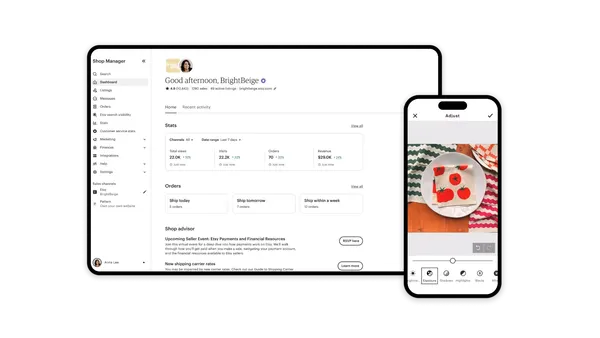Brief:
-
The number of voice assistants in use will jump threefold to 8 billion by 2023 from 2.5 billion at the end of last year, per a forecast from Juniper Research. Smart TV usage will rise about 121% a year, making the voice-enabled products the fastest-growing source of consumers who use virtual assistants, followed by smart speakers (41% yearly growth) and wearables (up 40%), the study said.
-
Voice commerce will grow to more than $80 billion a year by 2023, but mostly will consist of money transfers and digital media like on-demand movies, music and TV shows — not physical goods. "Connected TVs and smart displays are vital here, as they can provide a visual context that is lacking in smart speakers," James Moar, senior analyst at Juniper, said in a statement.
-
Growing demand for multi-platform assistants will negatively affect usage of virtual assistants in standalone apps made by independent vendors for smartphones and tablets, the study says. China will be an exception to this trend as companies like WeChat and Alibaba provide app-based services alongside smart speakers that aren’t part of an operating system.
Insight:
Android smartphones and iPhones currently are the biggest platforms for voice assistants, but the smartphone market has matured and shipments have slowed as consumers hold on to their handsets for longer periods. That means the growth for virtual assistants will shift to Internet of Things (IoT) devices such as smart TVs, smart speakers and wearables like watches, as Juniper notes.
Despite the power of a new generation of hardware that can respond to voice commands and showcase products, it’s interesting that Juniper forecast they won’t be big drivers of voice commerce for physical products. That outlook reinforces the idea that voice commerce is more hype than reality. Even though Amazon is the market leader in smart speakers, the e-commerce giant sees a fraction of sales from its Alexa virtual assistant. Only about 2% of Alexa users have ever used an Echo smart speaker for shopping, tech news site The Information reported in August, citing unnamed sources. Of those people who did buy something, 90% didn’t make a second purchase. Another study found that 70% of smartwatch owners never use the devices to order products. Internet and mobile shopping have had to go through their own periods of consumer adoption, and voice commerce doesn’t appear to be an exception to that pattern.
Amazon has a 70% share of the U.S. smart-speaker market, according to Consumer Intelligence Research Partners. Google Home trails with 24% of the installed base while Apple's HomePod is a distant third with only 6% of the market. About 66 million smart speakers have been sold in the United States.













